Art World
‘The Work Is So Icelandic’: The Artist Known as Shoplifter on Building a Museum of Fantastical Hair in Reykjavik
The artist is launching a Kickstarter campaign to fund the space.
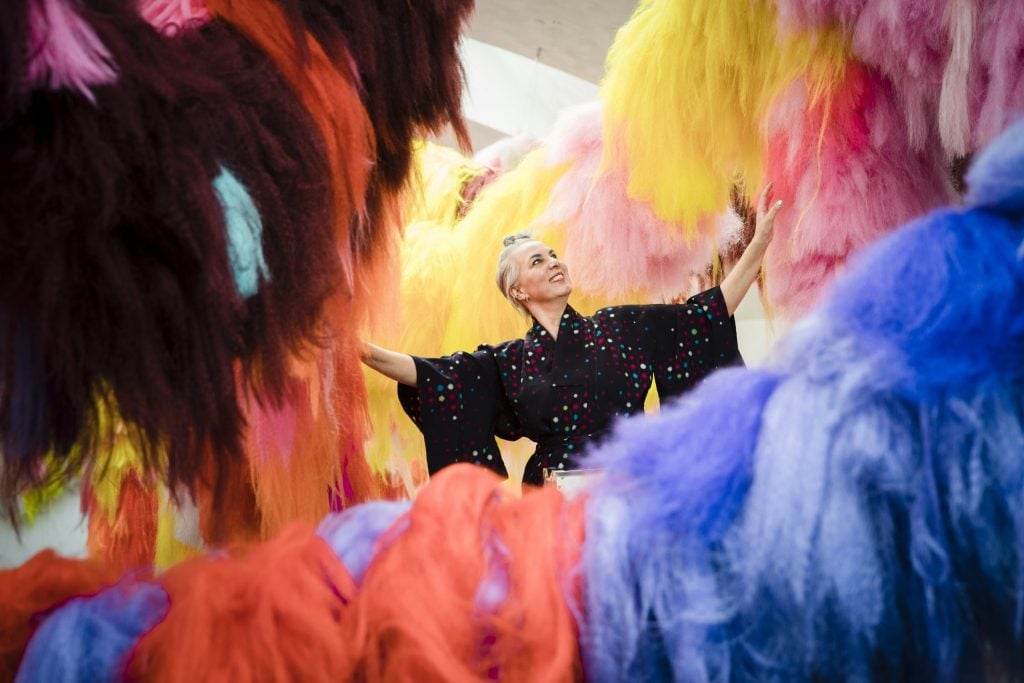
The artist is launching a Kickstarter campaign to fund the space.

Sarah Cascone

The artist Shoplifter, known for her work with colorful synthetic hair, is about to make a big mark on her native Iceland.
For her first outdoor exhibition, the artist is transforming the landscape of the Icelandic island of Hrútey into an otherworldly environment. At the same time, she’s launched a Kickstarter campaign to fund her own Reykjavik art center. The space, called Höfuðstöðin, will become a permanent home for Chromo Sapiens, her critically acclaimed installation for the Icelandic pavilion at the 2019 Venice Biennale.
The piece, a technicolor chamber covered wall to wall with shaggy tufts of synthetic hair, made its Icelandic debut in January 2020, at the Reykjavik Museum, but was only up for six weeks before the country entered lockdown. Nonetheless, the public response to the work in the short time it was on view was overwhelming.
“They had 600 people a day, with lines out the door. It was a very popular exhibition,” said the artist, who was born Hrafnhildur Arnardóttir (someone misheard it as Shoplifter soon after she moved to New York in 1994, and the rest is history). “They were spraying it with antiseptic at the end, and then it had to shut down.”
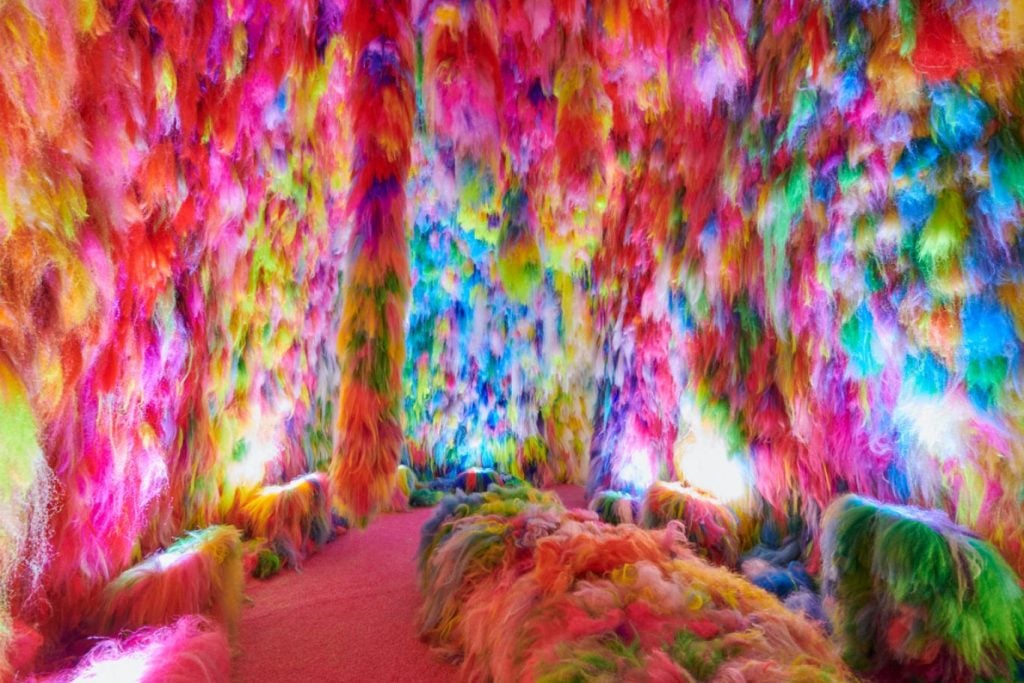
Shoplifter, Chromo Sapiens. Photo ©Hrafnhildur Arnardottir/Shoplifter.
“My artwork gives people tremendous joy,” she told Artnet News. “I create these kind of hair caves in people’s homes for people to sit in and meditate in. They really activate the brain to produce dopamine.”
Only three Icelandic artists have their own dedicated museums on the island nation: The Folk artist Samúel Jónsson (1884–1969), who turned his remote farm into his personal museum, sculptor Einar Jónsson (1874–1954), who opened the Einar Jónsson Museum in Reykjavik in 1923; and sculptor Ásmundur Sveinsson (1893–1982), whose home is now part of the Reykjavík Art Museum.
“I never really thought of doing that myself, but it was like ‘Oh my god, they got to build their own space and have their dream space,'” Arnardóttir said. “It became their legacy.”
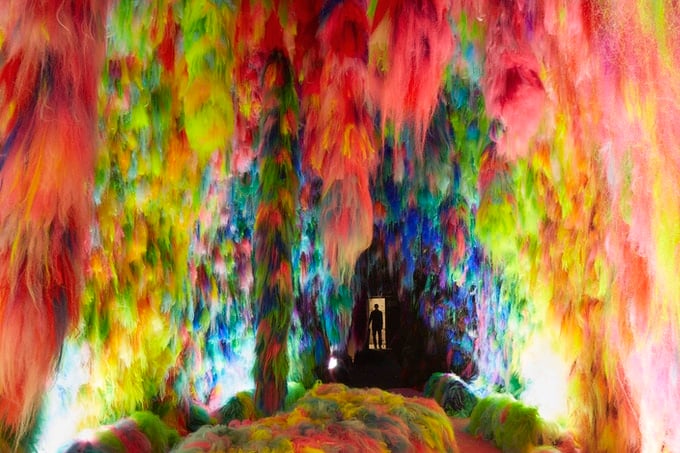
Shoplifter, Chromo Sapiens. Photo ©Hrafnhildur Arnardottir/Shoplifter.
Arnardóttir aims to raise $100,000 for the project, of which she still needs $70,000 with a little over two weeks left in the campaign.
The artist hopes that Chromo Sapiens can be to Reykjavik what Walter De Maria’s The Earth Room is to New York: a permanent cultural destination that keeps art lovers coming back year after year.
“It’s a seminal work of mine,” Arnardóttir said. “When you exhibit at Venice, it’s a crossroads for your career. When you’re representing your country, you approach your work from a different angle. The work is so Icelandic. The soundtrack is made by an Icelandic rock band, HAM.”
Höfuðstöðin will slated to be built on the outskirts of Reykjavik, inside an old army barracks that almost perfectly matches the dimensions of Venice’s Giudecca warehouse, where the installation originally appeared. Arnardóttir has already purchased two of seven historic barracks built by the U.S. military during World War II and later moved to Reykjavik.
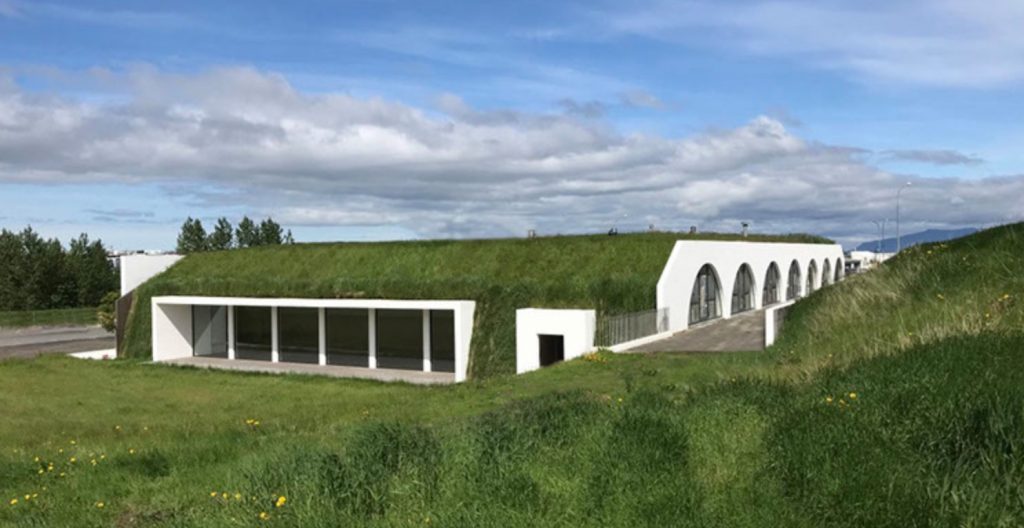
Hrafnhildur Arnardottir, or Shoplifter is turning this former army barracks in Reykjavik into her own permanent art venue, Höfuðstöðin. Photo ©Hrafnhildur Arnardottir/Shoplifter.
“The U.S. Navy kept their bombs in them,” Arnardóttir said. “Because we have no army, they were used as a potato nursery. I went there with my parents to get the potatoes!”
One barrack will house Chromo Sapiens, while the other will have the entrance, a lounge, and cafe. Arnardóttir is looking to hire a chef to run the kitchen, and will furnish the space with recycled plastic decor. She’s also hoping to purchase additional barracks in the future, with an eye toward staging temporary exhibitions and showcasing the work of other artists.
The site appealed to the artist because while it’s close in proximity to downtown Reykjavik, the bunker is also set amid the undeveloped landscape of the valley Elliðaárdalur. “The location is really unique. It’s in the middle of nowhere, but in the middle of Reykjavik at the same time,” Arnardóttir said, likening the environment to a less remote Marfa, Texas, or the Louisiana Museum in Denmark. “I want it to be a place where people visit and enjoy the real nature and then my hyper-nature inside.”
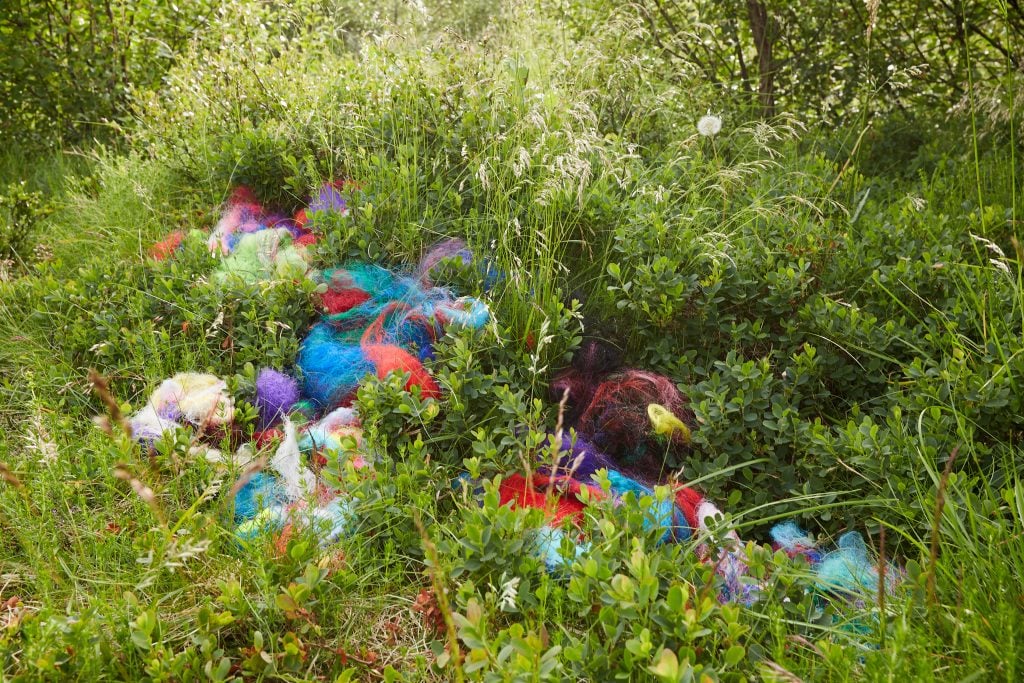
Shoplifter, Hypermoss in “Shoplifter: Boðflenna” Photo by Vigfus Birgisson, ©Hrafnhildur Arnardottir/Shoplifter.
She likes the juxtaposition of the super-saturated colors of the fake hair with the natural palette of the Icelandic countryside—which is also at the heart of her new show on Hrútey, a nature preserve.
“I’ve been waiting to do an outdoor installation—not a just outside in a cityscape, but nesting my synthetic hyper-nature into the real nature,” Arnardóttir said. “I consider myself to be a three-dimensional landscape painter.”
“There’s almost an organic feel to everything that I’ve done. [The hair] starts to resemble the fiber and behave like plants,” she added. “I’ve been hopelessly camouflaging, but it’s neon yellow and neon pink! It looks likes an alien.”

Shoplifter, Eblem in “Shoplifter: Boðflenna” Photo ©Hrafnhildur Arnardottir/Shoplifter.
The show is titled “Boðflenna,” which means “intruder” in English, but can also refer to a party crasher.
“It’s almost like this immigrant on the island who is different, but trying to belong and find comfort and harmony in this new place where they are trying to put down roots,” she said. “It connects to my own moving to New York and finding a way to become a New Yorker, but always still being really Icelandic.”
See more photos of both exhibitions below.
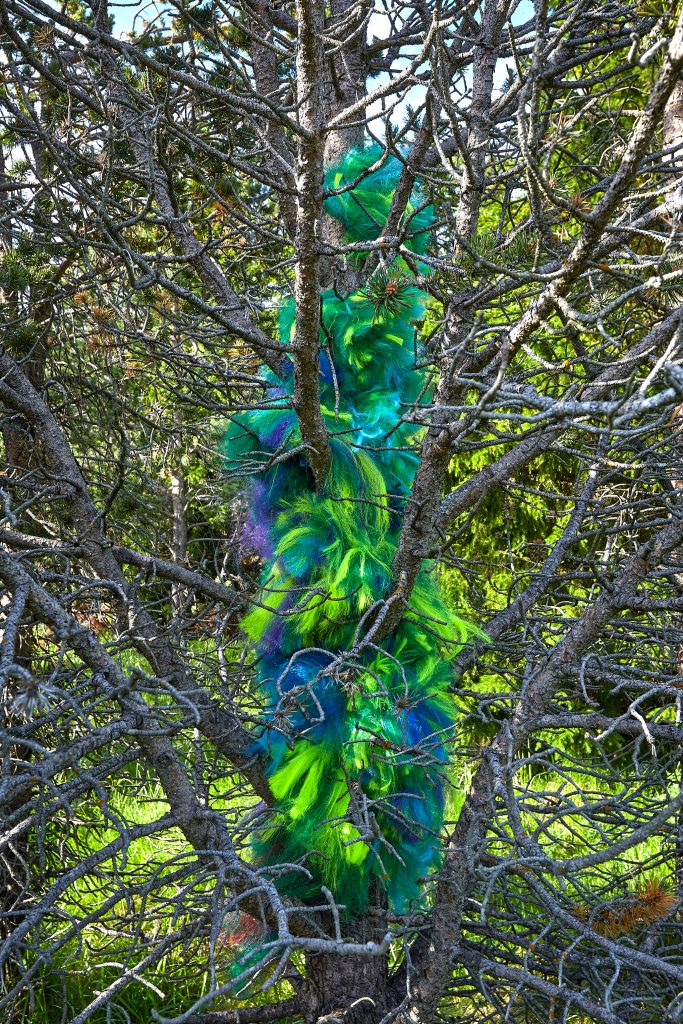
Shoplifter, Insanitation in “Shoplifter: Boðflenna” Photo by Vigfus Birgisson, ©Hrafnhildur Arnardottir/Shoplifter.
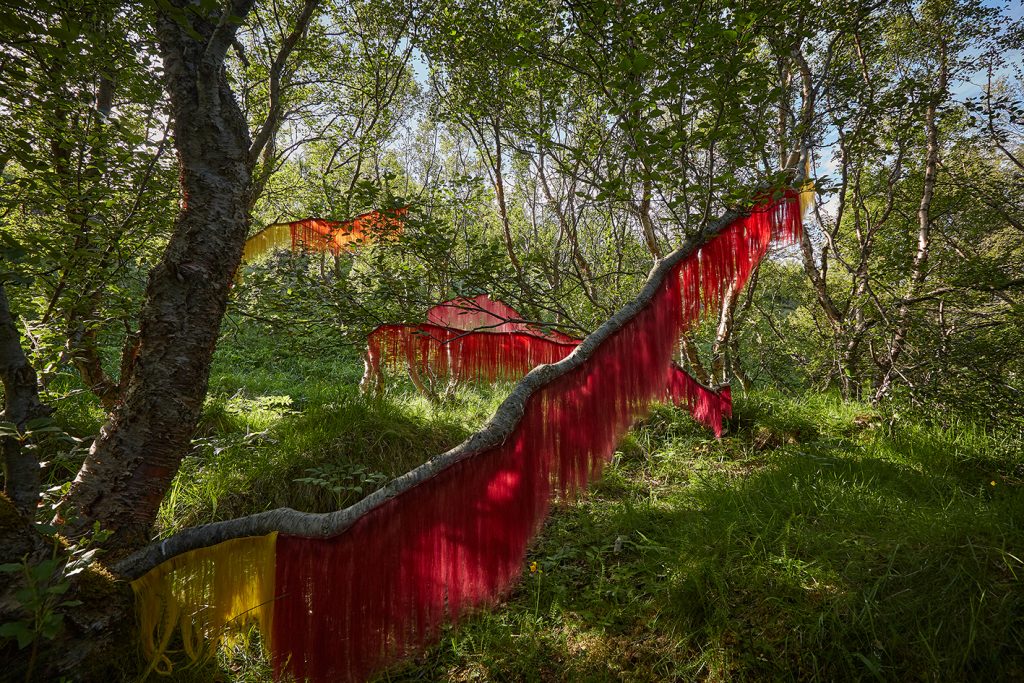
Shoplifter, Outskirt in “Shoplifter: Boðflenna” Photo ©Hrafnhildur Arnardottir/Shoplifter.
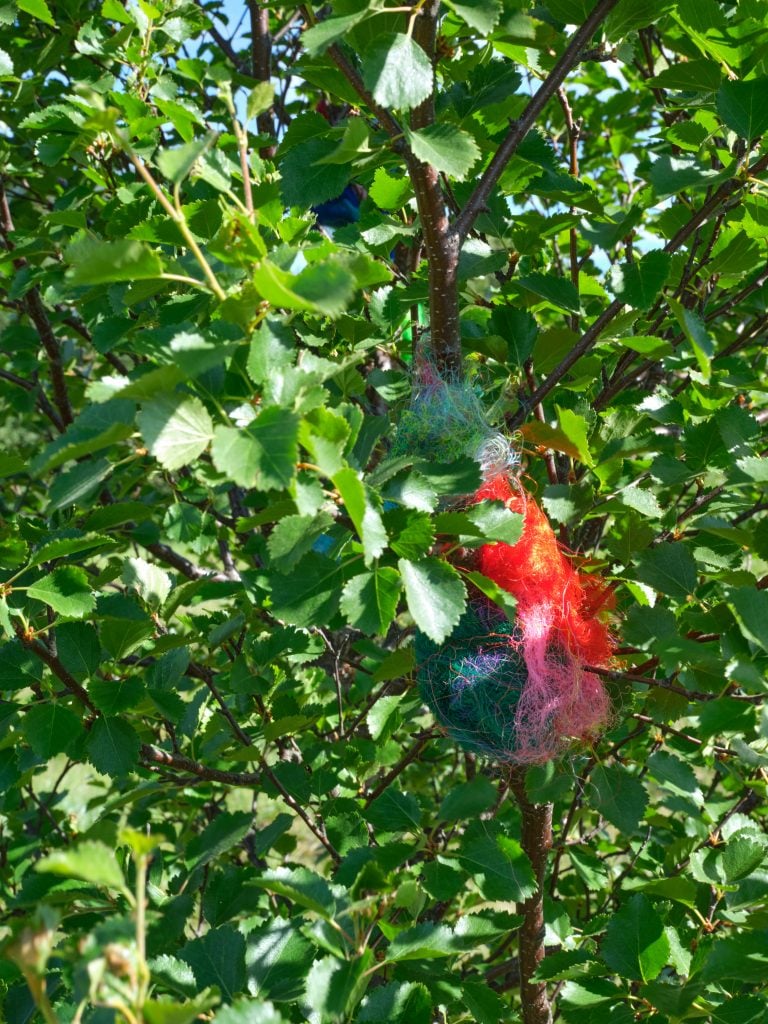
Shoplifter, Host in “Shoplifter: Boðflenna” Photo by Vigfus Birgisson, ©Hrafnhildur Arnardottir/Shoplifter.
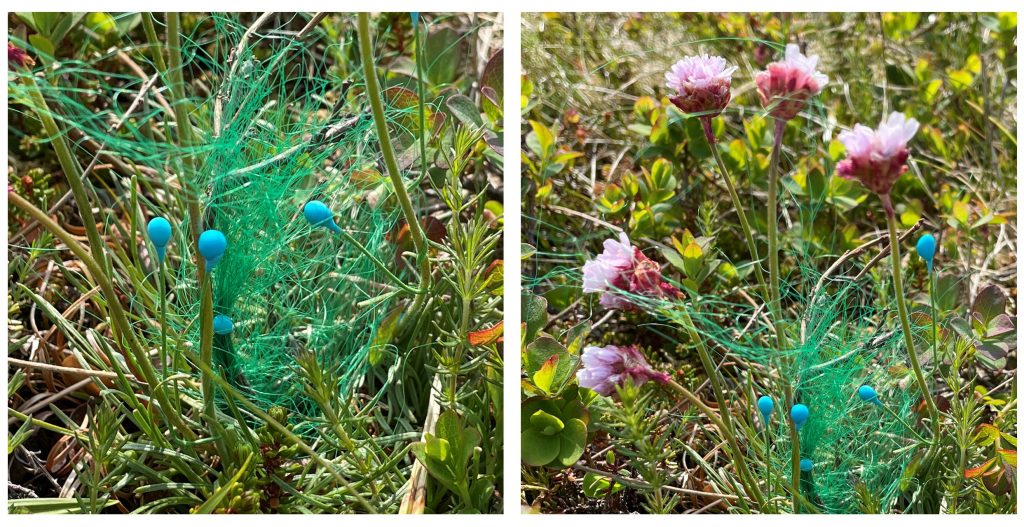
Installation views of “Shoplifter: Boðflenna” Photo ©Hrafnhildur Arnardottir/Shoplifter.
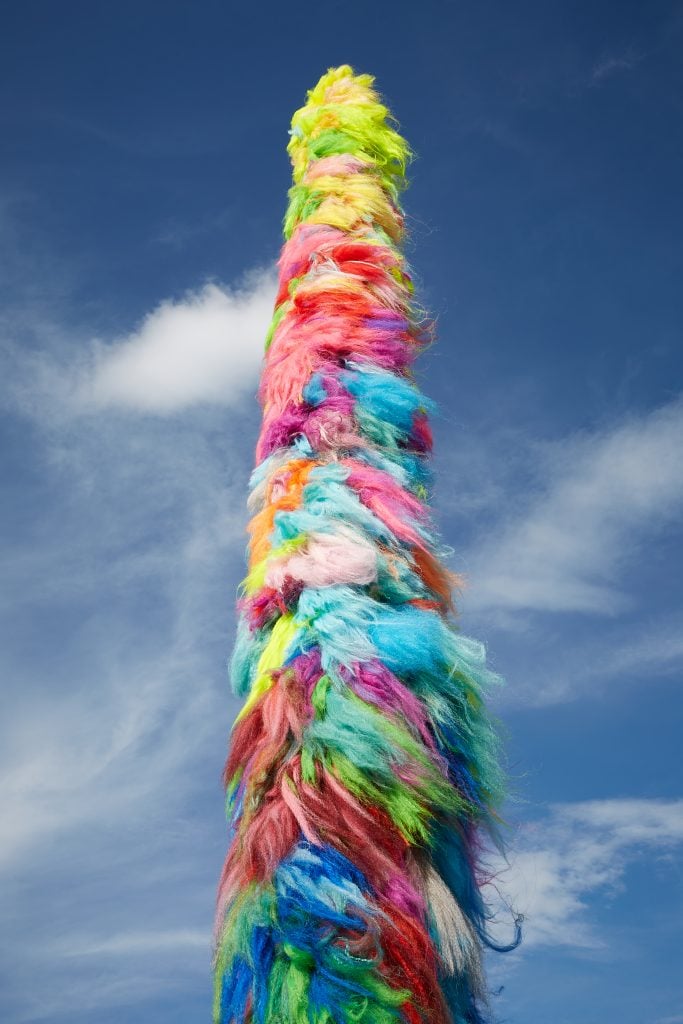
Shoplifter, Eblem in “Shoplifter: Boðflenna” Photo by Vigfus Birgisson, ©Hrafnhildur Arnardottir/Shoplifter.
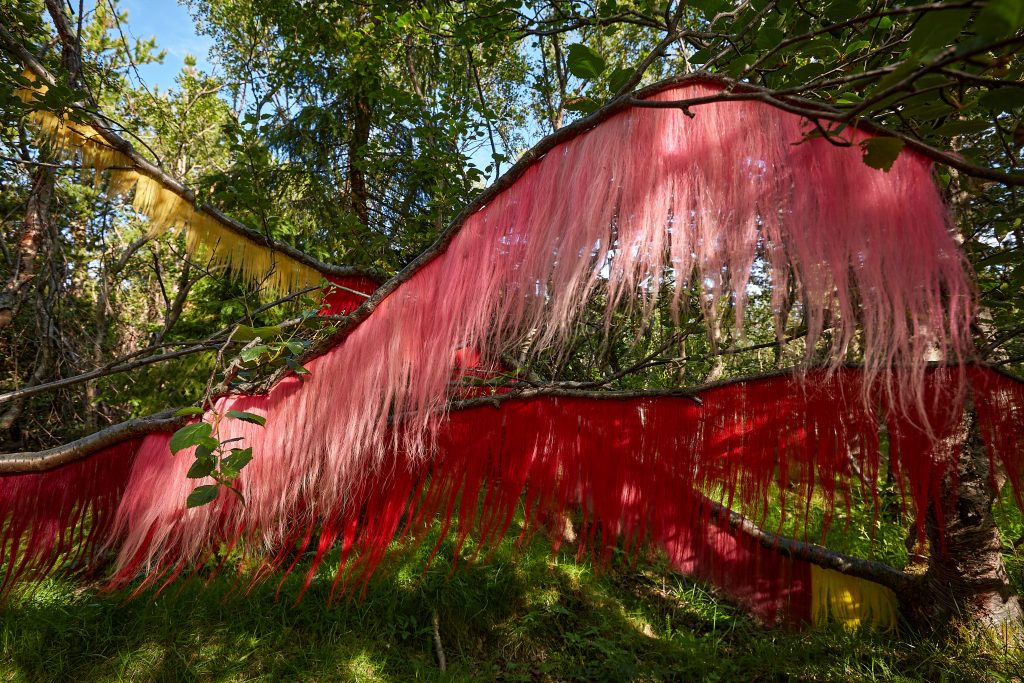
Shoplifter, Outskirt in “Shoplifter: Boðflenna” Photo by Vigfus Birgisson, ©Hrafnhildur Arnardottir/Shoplifter.
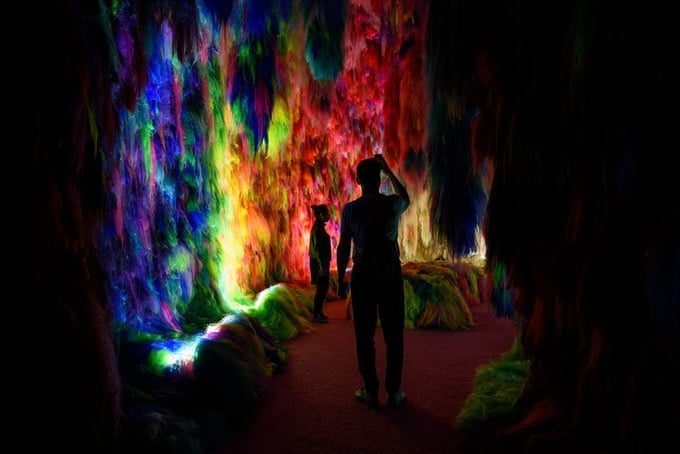
Shoplifter, Chromo Sapiens. Photo ©Hrafnhildur Arnardottir/Shoplifter.
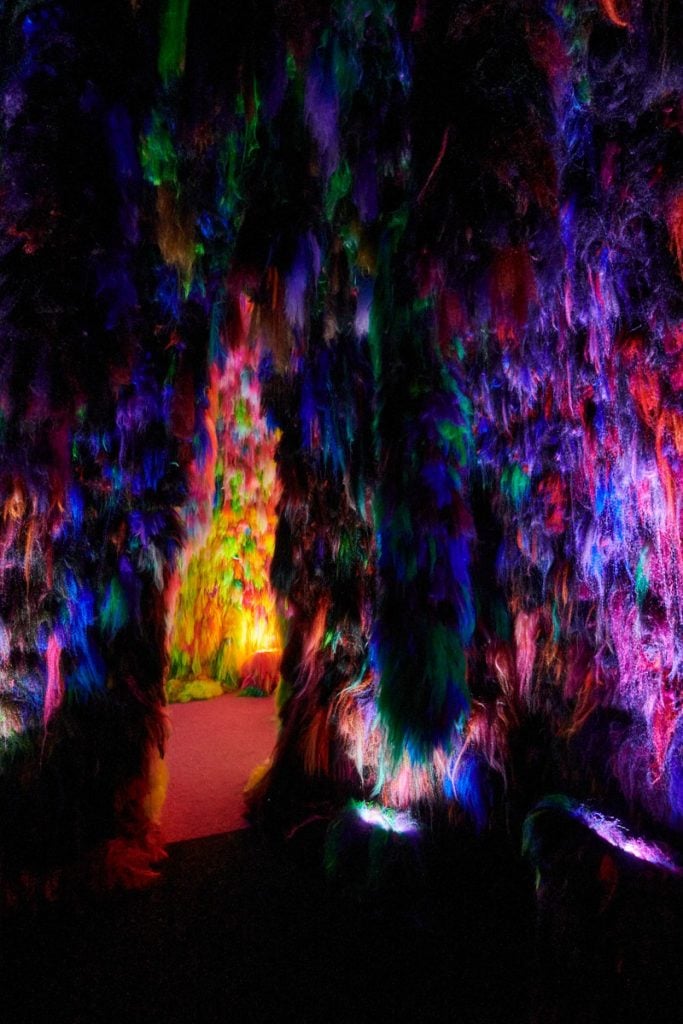
Shoplifter, Chromo Sapiens. Photo ©Hrafnhildur Arnardottir/Shoplifter.
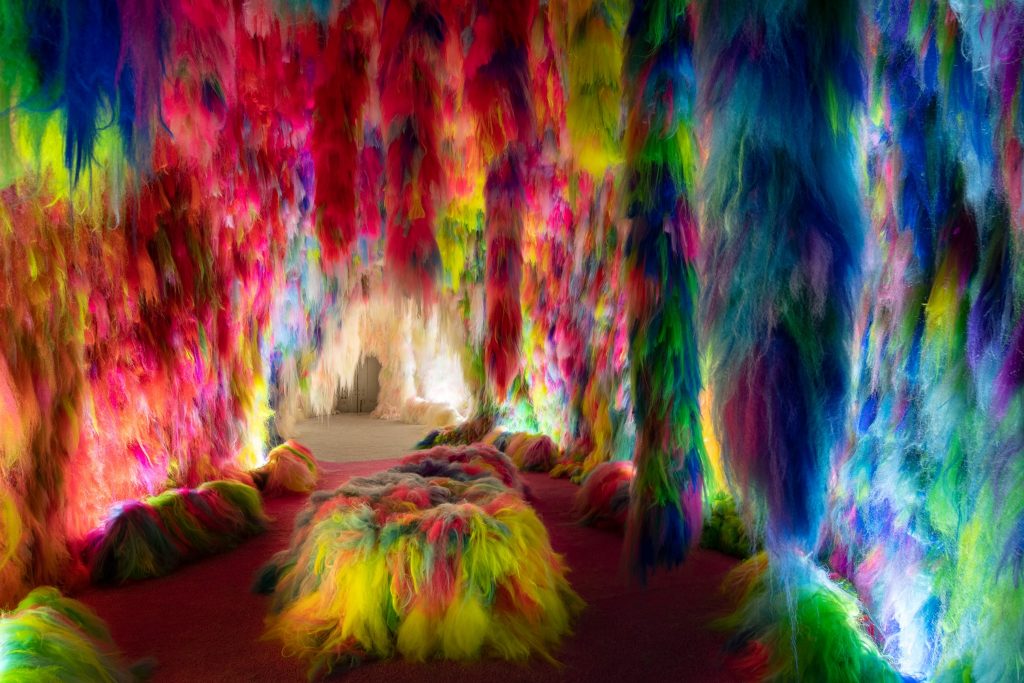
Shoplifter, Chromo Sapiens. Photo ©Hrafnhildur Arnardottir/Shoplifter.
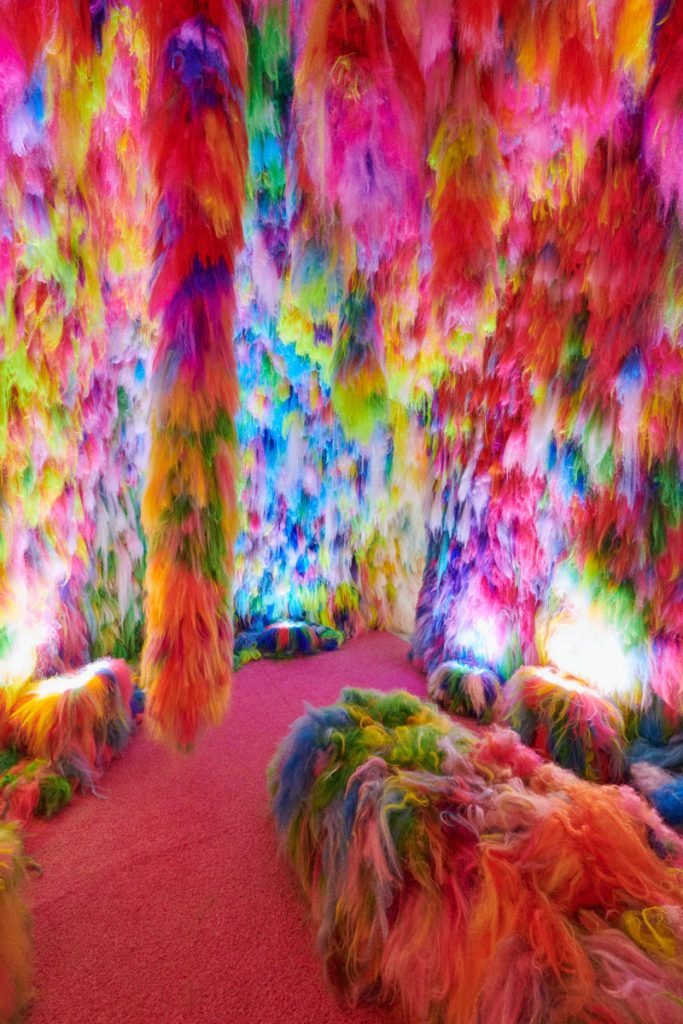
Shoplifter, Chromo Sapiens. Photo ©Hrafnhildur Arnardottir/Shoplifter.
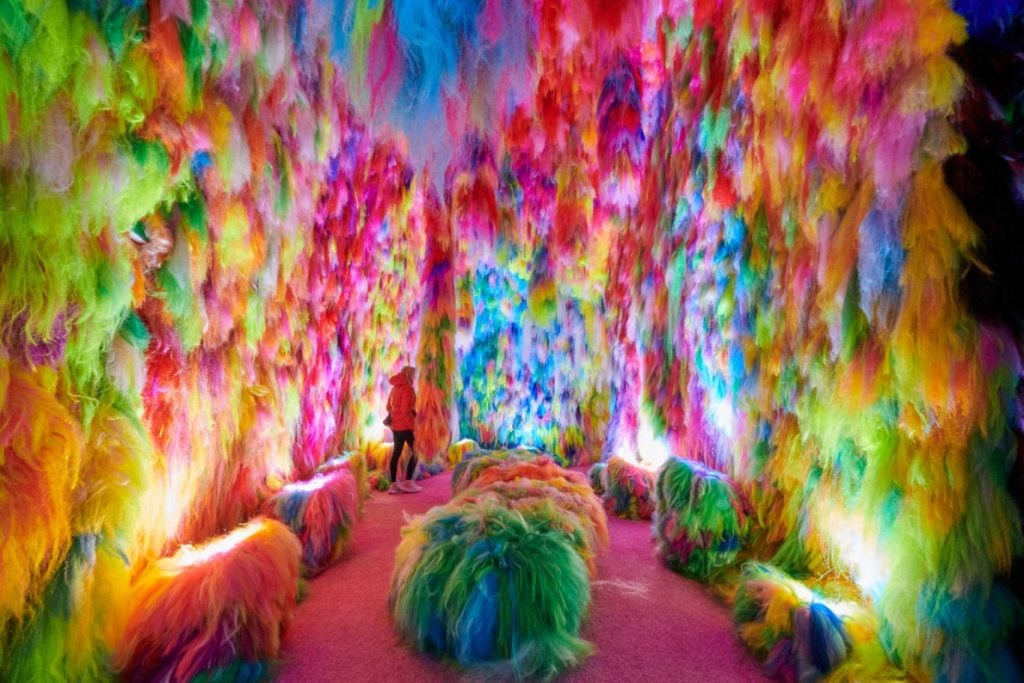
Shoplifter, Chromo Sapiens. Photo ©Hrafnhildur Arnardottir/Shoplifter.
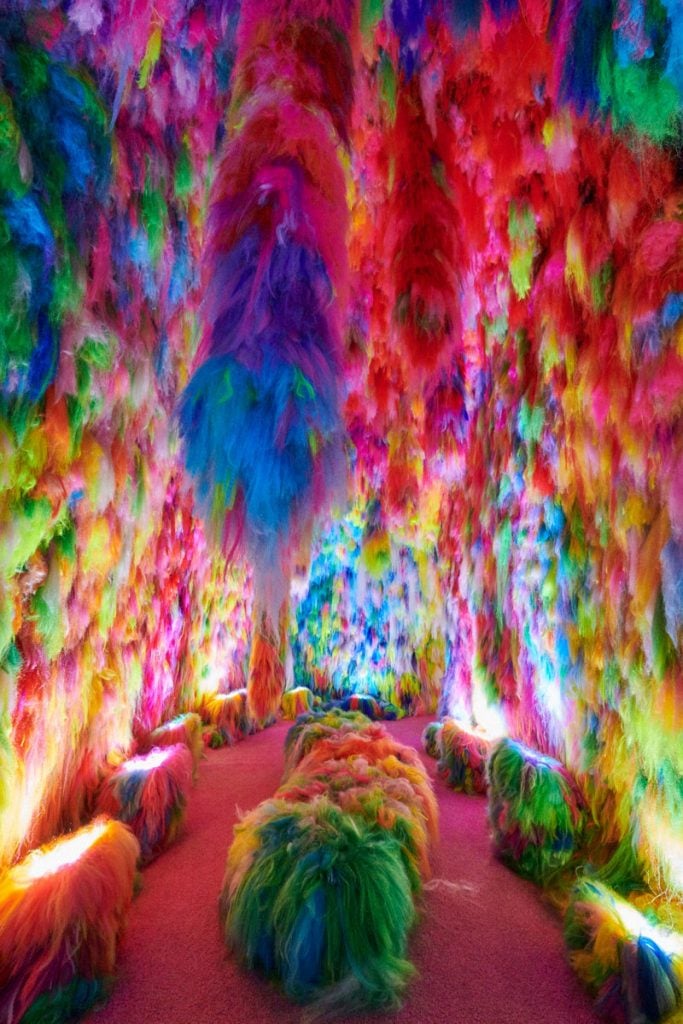
Shoplifter, Chromo Sapiens. Photo ©Hrafnhildur Arnardottir/Shoplifter.
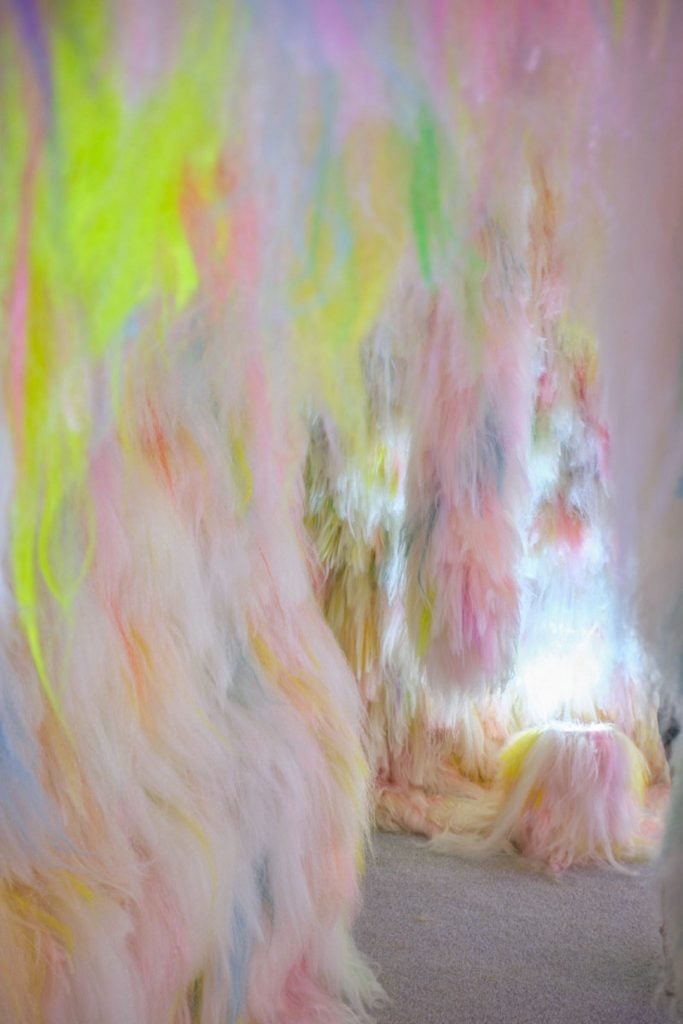
Shoplifter, Chromo Sapiens. Photo ©Hrafnhildur Arnardottir/Shoplifter.
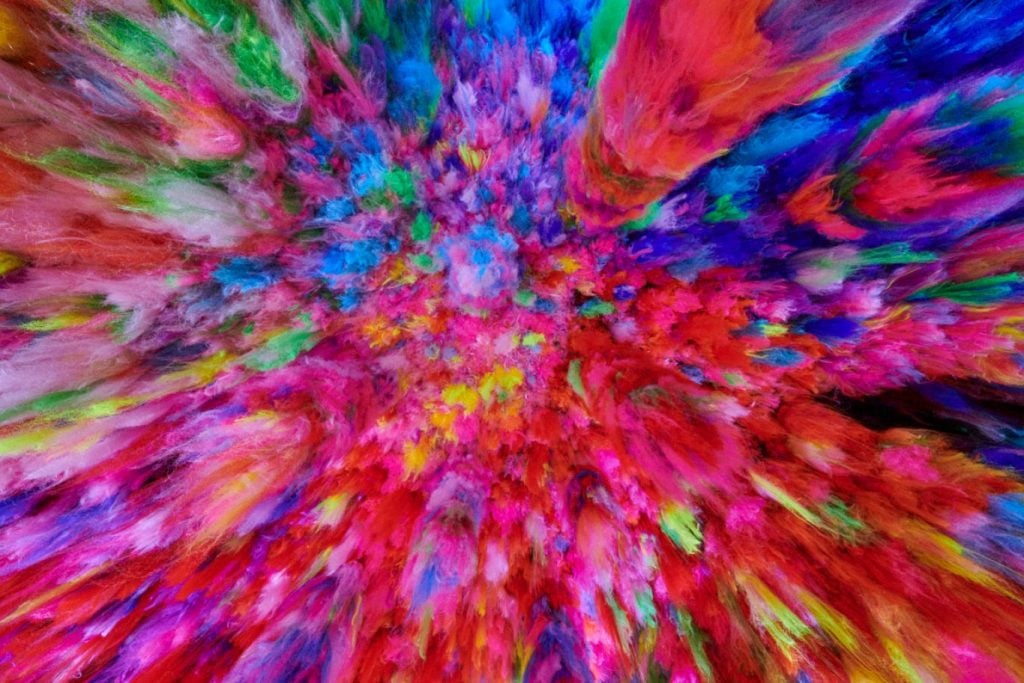
Shoplifter, Chromo Sapiens. Photo ©Hrafnhildur Arnardottir/Shoplifter.
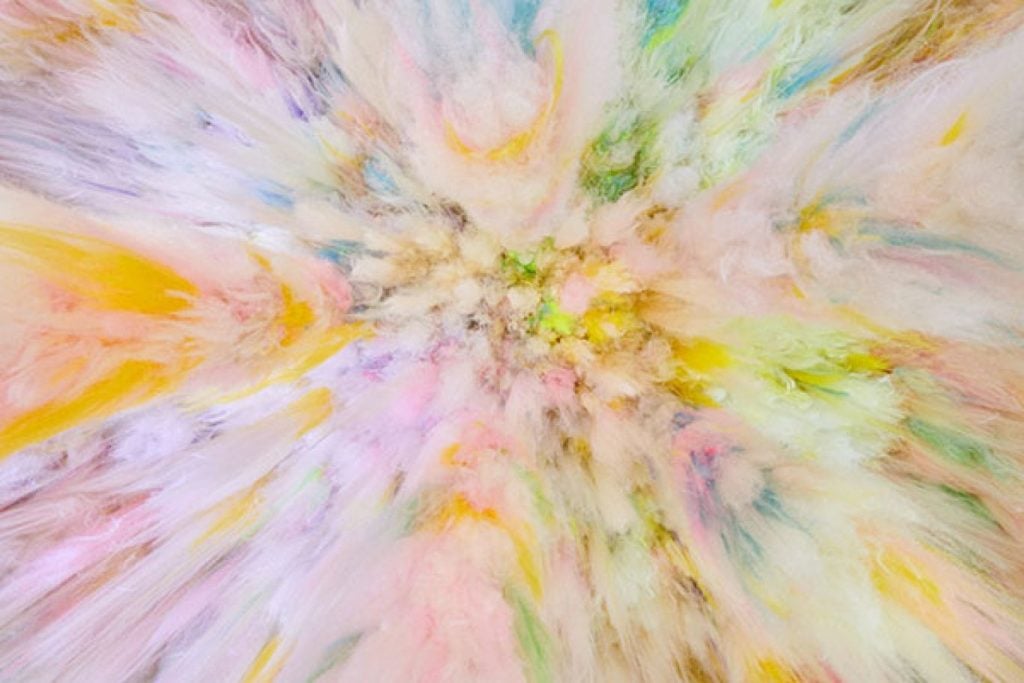
Shoplifter, Chromo Sapiens. Photo ©Hrafnhildur Arnardottir/Shoplifter.
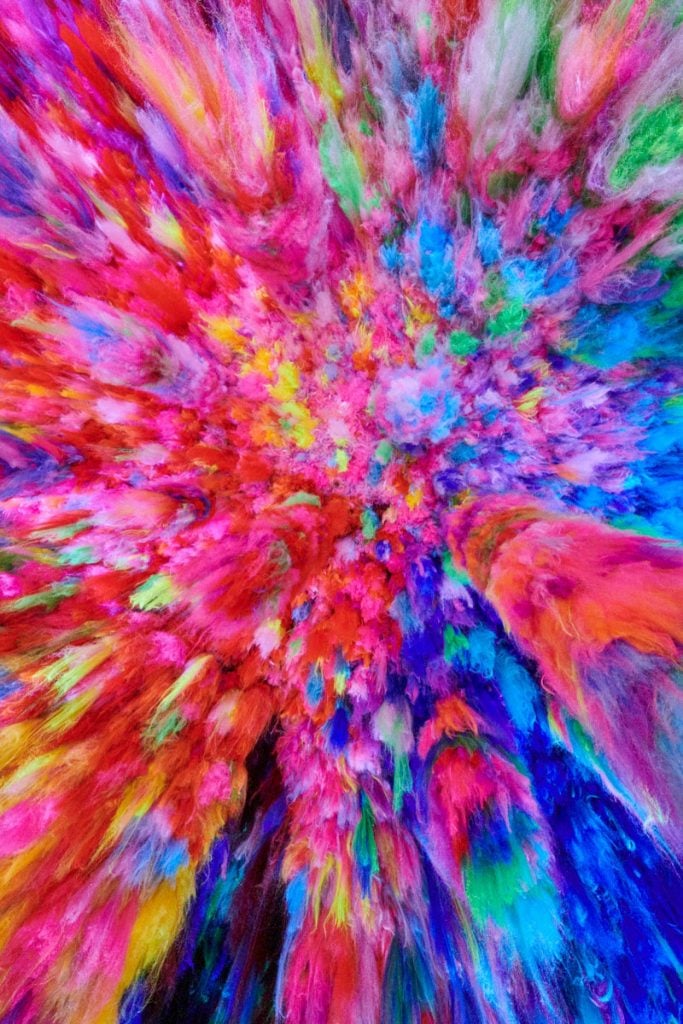
å Shoplifter, Chromo Sapiens. Photo ©Hrafnhildur Arnardottir/Shoplifter.
“Shoplifter: Boðflenna” is organized by Áslaug Thorlacius and Finnur Arnar, founders of Á Kleifum, and is on view on the island of Hrútey, Blönduós, Iceland, July 3–August 28, 2021.